Photography Grades 9-12
Please Note:
Photography Grades 9-12 will be changing to a theme based category in 2026-2027.
Take meaningful and intentional photos in color or monochrome to capture a moment.
Description
A total of six (6) photos may be entered with only one (1) per sub-category outlined below. (See chart below to assist you.) For each category, photos may be entered in color or monochrome. All photographs must be the work of an individual. Photography celebrates the rich tradition of photography. Students can use traditional or digital cameras to document the world around them. Pictures can be submitted in color or monochrome. Students can take pictures of animals, people, plants, buildings, landscapes, and other non-living objects.
Subcategories
The categories are designed to help us group similar photos for judging. If a photo seems to fit in more than one category, it is ultimately the decision of the photographer. Photos can be submitted in COLOR or MONOCHROME. Monochrome is not restricted to black and white.
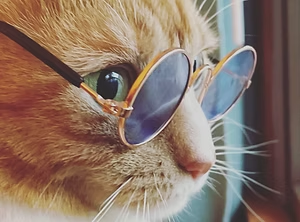
Animals in Color
This subcategory allows students to showcase nature by capturing the expression of a favorite family pet or the amazement of a wild animal! All entries must be in color.
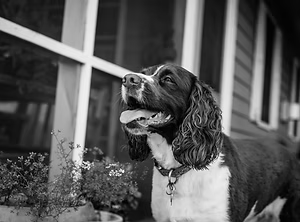
Animals in Monochrome
This subcategory allows students to showcase nature by capturing the expression of a favorite family pet or the amazement of a wild animal! All entries must be in grayscale.
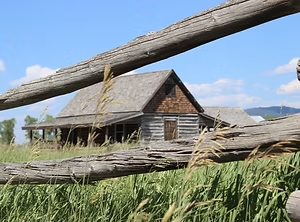
Buildings & Architecture in Color
This sub-category allows students to examine the lines and designs of buildings. Architectural art from classical to modern is captured and celebrated by the lens of the photographer. Camera angles are accentuated to demonstrate the beauty found in architecture. All entries must be in color.
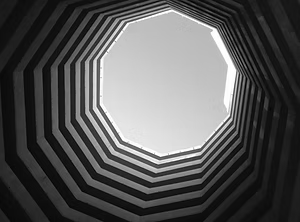
Buildings & Architecture in Monochrome
This sub-category allows students to examine the lines and designs of buildings. Architectural art from classical to modern is captured and celebrated by the lens of the photographer. Camera angles are accentuated to demonstrate the beauty found in architecture. All entries must be in greyscale.

Great Outdoors in Color
This sub-category affords students the opportunity to capture the beauty of the world around them. Using their cameras and digital devices, students find subjects in nature to express their creative expression. All entries must be in color.
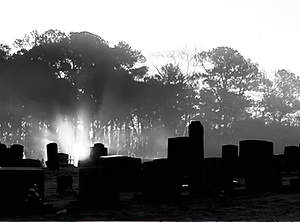
Great Outdoors in Monochrome
This sub-category affords students the opportunity to capture the beauty of the world around them. Using their cameras and digital devices, students find subjects in nature to express their creative expression. All entries must be in greyscale.
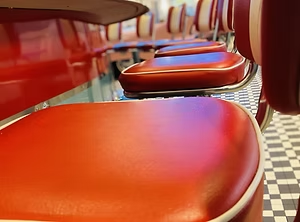
Non-living Objects in Color
This subcategory encompasses still objects either found or positioned. Students often choose subjects based upon geometric shapes and flowing lines to depict varying perspectives. All entries must be in color.

Non-living Objects in Monochrome
This subcategory encompasses still objects either found or positioned. Students often choose subjects based upon geometric shapes and flowing lines to depict varying perspectives. All entries must be in greyscale.
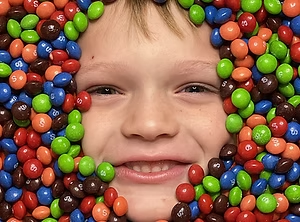
People in Color
This subcategory allows students to highlight the people that are important to them. Students often choose to take photos of friends and family members. This allows students to share with viewers the relationships and people they value.
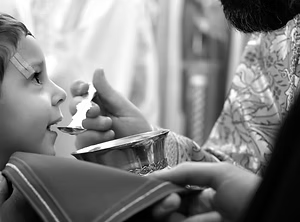
People in Monochrome
This subcategory allows students to highlight the people that are important to them. Students often choose to take photos of friends and family members. This allows students to share with viewers the relationships and people they value. All entries must be in greyscale.
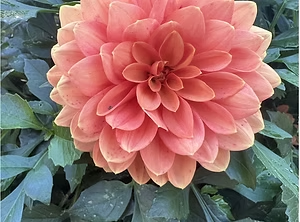
Plants & Botanicals in Color
This subcategory allows students to explore nature by photographing the botanical life found in parks, gardens, or even their own backyards. Students often choose to capture flowers, trees, or leaves with dazzling colors and captivating textures. All entries must be in color.
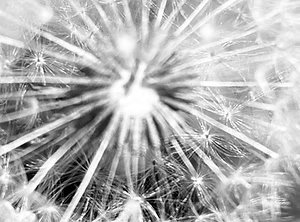
Plants& Botanicals in Monochrome
This subcategory allows students to explore nature by photographing the botanical life found in parks, gardens, or even their own backyards. Students often choose to capture flowers, trees, or leaves with dazzling colors and captivating textures. All entries must be in greyscale.
Procedures
All entries must be photographed by the student.
All photographs will be entered digitally via the online school entry form.
Students may enter a total of six (6) photos with ONLY one (1) per sub-category. (Use the chart below to assist you.)
Each photo must have a title. The title should accurately reflect the category entered and relates to what the photographer was trying to capture.
A captured image can only be entered once. For example, a color photo may not be manipulated and also entered as a monochrome photo. In brief, if you click the camera once, you can only enter once!
**Keep track of your photo entries below. Remember: You may only enter one per sub-category and NO MORE than six (6) photos all together.
|
Category: |
Color |
Monochrome |
|
Animals |
|
|
|
People |
|
|
|
Plants/Botanicals |
|
|
|
Non-living Objects |
|
|
|
Great Outdoors |
|
|
|
Buildings, Interiors, and Architecture |
|
|
Judging Criteria
Creativity/Originality
Original/Unique Perspective: The project highlights the uniqueness of the concept and reflects the photographer's distinct perspective in capturing the subject.
Subject Matter: The choice of subject is significant, and the effectiveness of its portrayal in a novel way is essential in demonstrating creativity.
Organization/Structure
Composition: The arrangement of elements within the frame is carefully considered, including the balance and use of leading lines that direct the viewer’s attention to the main subject.
Overall Effectiveness/Presentation
Technical Proficiency: The quality of the photograph is evaluated based on exposure, focus, and overall execution, all of which significantly impact the viewer’s experience.
Emotional Impact: The photograph's ability to evoke feelings or provoke thoughtful contemplation is an important aspect of its overall effectiveness.
Narrative or Storytelling: The extent to which the image communicates a story or message plays a crucial role in its impact and effectiveness.
Appropriate Design Techniques/Resources
Post-Processing: The editing of the photograph is skillfully executed, enhancing the image while maintaining a natural appearance that preserves its integrity.
Use of Design Techniques: Effective application of design principles, such as color and texture, enhances the image, making it more visually appealing.
Lighting: The effective use of light is critical in enhancing the subject, contributing to a well-structured and compelling image.
